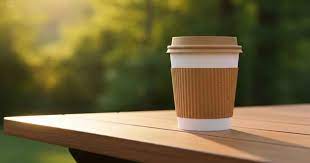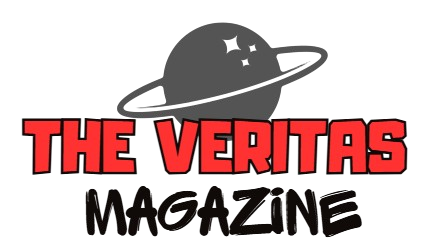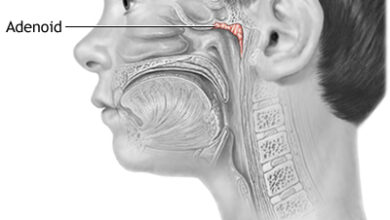Pappedeckel: The Eco-Friendly DIY Solution for Every Household

In today’s world, where sustainability is no longer just a choice but a necessity, pappedeckel has become an important material in packaging and design. Pappedeckel, often referred to as cardboard or paperboard, is widely used for boxes, covers, and disposable products. It combines strength, flexibility, and eco-friendliness, making it a preferred choice across industries. From food packaging to creative design projects, pappedeckel is paving the way for greener solutions while maintaining practicality and affordability.
What is Pappedeckel?
Pappedeckel is a German term that literally translates to “cardboard lid” or “cardboard cover.” However, in practice, it refers broadly to cardboard material used in packaging, protection, and disposable items. It is manufactured from recycled paper fibers or fresh pulp, compressed into layers that create a durable yet lightweight sheet. Depending on its thickness, pappedeckel can be single-layered (used for food containers and sleeves) or multi-layered (used for shipping boxes and protective covers).
The Importance of Pappedeckel in Modern Packaging
Packaging is more than just wrapping; it’s a reflection of brand identity and environmental responsibility. Pappedeckel plays a key role in addressing both needs:
-
Eco-Friendly Alternative: Unlike plastic, pappedeckel is biodegradable and recyclable.
-
Lightweight Strength: Despite being light, it offers durability for protecting products.
-
Cost Efficiency: Affordable for businesses and consumers without compromising quality.
-
Versatility: Suitable for food, retail, shipping, and creative industries.
With the rise of online shopping and stricter environmental regulations, the demand for pappedeckel-based packaging continues to grow rapidly.
Types of Pappedeckel
1. Corrugated Pappedeckel
Corrugated pappedeckel features fluted inner layers sandwiched between flat sheets, offering superior strength. It is commonly used in shipping boxes and heavy-duty packaging.
2. Solid Pappedeckel
This type is dense and smooth, ideal for luxury packaging, book covers, or presentation boxes. It provides a polished look and rigidity.
3. Coated Pappedeckel
Coated versions include glossy or matte finishes, often used for food packaging and printed materials. They enhance aesthetics while protecting contents.
4. Recycled Pappedeckel
Made entirely from recycled fibers, this sustainable option is cost-effective and widely used for disposable items like cups, plates, and trays.
Benefits of Using Pappedeckel
Eco-Friendliness
One of the biggest advantages of pappedeckel is its environmental benefit. Being biodegradable, it naturally decomposes without polluting the ecosystem.
Recyclability
Pappedeckel can be recycled multiple times, reducing waste and conserving resources. Recycling facilities across the world accept cardboard as a standard material.
Cost-Effective Packaging
For businesses, pappedeckel offers an affordable yet professional packaging solution. It reduces costs while maintaining customer satisfaction.
Branding and Customization
Pappedeckel can be printed with logos, colors, and designs, making it perfect for brand promotion. Creative packaging often leaves a lasting impression on customers.
Safe for Food and Beverages
Food-grade pappedeckel is safe, odorless, and resistant to moisture when coated. It is widely used in disposable cups, pizza boxes, and takeaway containers.
The Role of Pappedeckel in the Food Industry
The food and beverage sector heavily relies on pappedeckel. Disposable coffee cup lids, pizza boxes, cake boxes, and trays are often made from it. Its insulating properties keep food warm, while its recyclability aligns with eco-conscious customer demands. With increasing restrictions on single-use plastics, it has become the go-to alternative for sustainable food packaging.
Pappedeckel in Shipping and E-Commerce
E-commerce businesses depend on packaging that is sturdy yet lightweight. It fits these requirements perfectly:
-
Protects fragile items during transport.
-
Reduces shipping costs due to its lightweight nature.
-
Can be customized with branding to improve customer experience.
From small businesses to global corporations, pappedeckel shipping boxes have become an industry standard.
Creative Uses of Pappedeckel
Beyond packaging, it has found its way into arts, crafts, and DIY projects. Designers and artists use it for:
-
Handmade decorations.
-
School projects and models.
-
Custom furniture and sustainable home decor.
Its flexibility and accessibility make it a favorite among creative professionals and hobbyists.
Environmental Impact of Pappedeckel
Unlike plastic, which takes centuries to decompose, it breaks down naturally within months. Recycling it reduces landfill waste, lowers carbon emissions, and supports the circular economy. Companies adopting it demonstrate environmental responsibility, attracting eco-conscious consumers.
The Future of Pappedeckel in Packaging
With the global shift towards eco-friendly practices, the role of it will only expand. Innovations like water-resistant coatings, improved durability, and biodegradable additives are making it even more effective. Governments and industries are also encouraging the use of recyclable packaging materials, positioning pappedeckel as a long-term solution.
Conclusion
Pappedeckel is more than just cardboard—it’s a sustainable packaging solution with vast applications in food, retail, shipping, and creative industries. Its eco-friendly nature, affordability, and versatility make it the material of choice in today’s environmentally conscious world. As businesses and consumers continue to prioritize sustainability, it will remain at the forefront of green innovation, proving that simple materials can lead to a significant positive impact.




